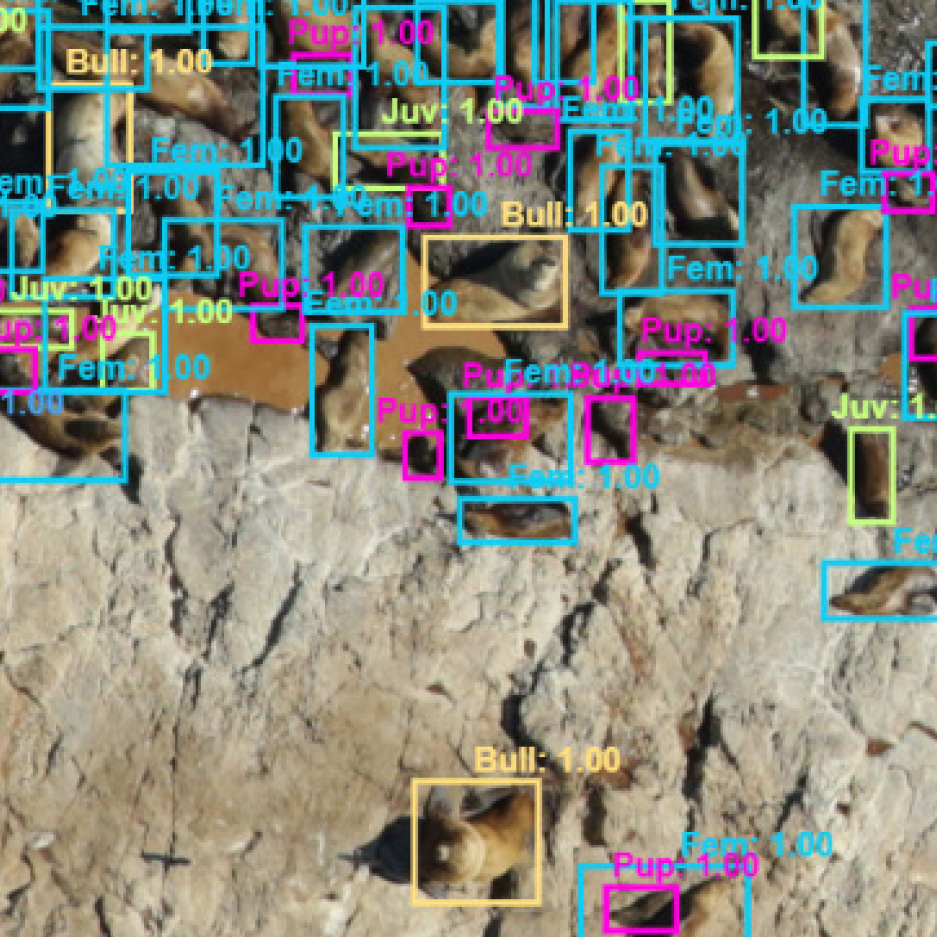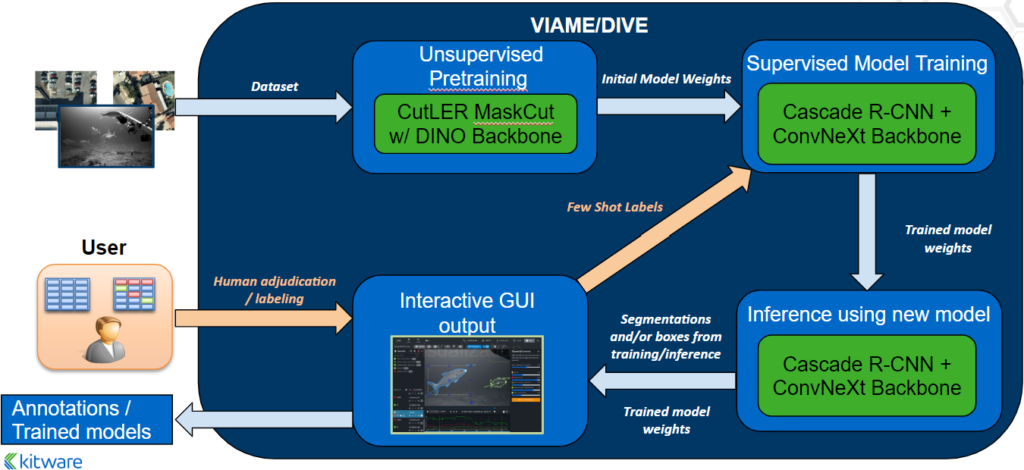Ocean Sciences Meeting 2024

February 18-23, 2024 at the Ernest N. Morial Convention Center in New Orleans, Louisiana
The Ocean Sciences Meeting (OSM) is the world’s leading ocean science conference. The event provides a forum for the ocean science community to share their research and collaborate on important initiatives. This year, OSM will focus on the importance of working together to build a sustainable future for our oceans.
Kitware has been a long-time supporter of OSM and the ocean science community. We have made significant contributions to the field through our open source technology, such as our VIAME platform and ADAPT Multi-Mission Payload. Participating in OSM is an important opportunity for our team to meet with government and industry researchers, academics, and students to discuss how we can collaborate on important ocean science initiatives.
Our Vice President of AI, Anthony Hoogs, Ph.D., will attend OSM 2024 and give two presentations on Kitware’s work related to ocean science. If you would like to schedule time with us during the conference or set up a meeting for a later date, please contact us.
Kitware’s Activities and Involvement
Detecting Novel Objects and Anomalies in Marine Imagery using VIAME
Oral Presentation | Wednesday, 21 February 2024 09:50 AM – 10 AM CT
In session DO31A – Application of Deep Learning for Ocean Data Science: Modeling, Prediction, Data Analysis, Signal, and Image Processing III
Room 210, Second Floor (Convention Center)
Slides from Presentation
On the DARPA Science of AI and Learning for Open-World Novelty program, we developed a new novelty detection technique based on modeling the tails of long-tailed distributions, mathematically grounded in Extreme Value Theory. Our method leverages an existing, standard detector and identifies novel objects that are somewhat similar to known categories, but sufficiently different such that they are likely to be novel categories or variants. By leveraging an existing object detector, our method ignores irrelevant background data while carefully balancing between detecting interesting novelties vs. nuisance-novelty false alarms. It can be used with existing deep learning detectors without any model re-training or tuning. Fully integrated into the open source Video and Imagery Analytics for Multiple Environments (VIAME), these methods are freely available to marine and other environmental scientists for salient anomaly discovery, such as finding new species or previously unknown variants.
Creating Deep Learning Detectors in VIAME for Rare Objects in Marine Imagery
Poster | Thursday, 22 February 2024 4:00 PM – 6:00 PM CST
In session OT44B – Combining Underwater Imaging with Deep Learning for Better Ocean Observations
Poster Hall, First Floor (Convention Center)
Poster from Session
Video and Imagery Analytics for Multiple Environments (VIAME) is an open-source software platform funded by NOAA to enable marine scientists to create deep learning analytics using GUIs on any type of imagery or video, with no programming necessary. VIAME has tools to bootstrap the process of building detectors for new entities, but it may not yield sufficient performance for difficult, rarely-observed objects.
Kitware and UC Berkeley developed unsupervised pre-training and low-shot learning methods for the DARPA Learning with Less Labeling (LwLL) program to build robust object detectors with few examples. Extensive assessment through a blind, third-party evaluation demonstrates that our methods are state-of-the-art for low-shot learning in multiple domains, using 1, 5 or 10 exemplars per class. They have been integrated into VIAME, making it possible for marine and environmental scientists around the world to rapidly train detectors for rarely-observed animals, plants, structures or other visually-observable entities.
